Adaption Specialist - The Red Naped Ibis
The Scary, Sword Faced, Red Naped Ibis
BIRDS
Aniruddha Bhattacharya
11/20/20242 min read
Tadoba National Park
The Red Naped Ibis is the most common Ibis found in India. For me, the thing with these guys is that every time I’m concentrating on photographing one of em, I realize that I’m terrified at the same time. I mean, look at it man ! That beak is 6 inches long which is as long as the “tanto”, the little back up dagger the samurai carried. Now you tell me if any airport security’d let me in if I had that for a face? My mortal fear in wild life is being alone in the back seat of a vehicle which has been breached by one of these guys or maybe a hornbill. Oh ! just the thought is sending shivers down my spine even now. And look, look at Pics 2, 4, 5 & 7 . See how it sticks its mouth all the way in the ground to find bugs. I mean whoa. The mud in its mouth and those yellow eyes. Damn these birds really are scary.
Scary or not, where credit is due to the Ibis is that despite its huge beak which obviously makes drinking water an acrobatic task that I really suggest you look up on you tube, these guys have fared pretty well around human habitats. The Indian ones just love their prospects in irrigated farmlands and other wetland which has its positive effects that comes about with the aeration of the soil that is caused by the probing of their face stabbers. They easily find food in our cities too. In fact their cousin, the Australian White Ibis is famously called the Bin Chicken.
Not to be left behind, the Red Naped Ibis in India has started consuming nectar from the flowers in adapting itself to city life. This recent revelation by Neha Sinha, a conservation biologist from Bombay Natural History Society, is part of a scientific study published in the journal by IUCN Species Survival Commission. Up until this, we thought the species was entirely carnivorous and no other Ibis has been seen behaving this way thus far. Her study found that the juveniles were consuming more nectar than the adults, suggesting that it was the young uns who were more adventurous. It also raised the possibility of the species now being a pollinator. Ecologists believe that adaptational behavior may become common as these guys learn from each other.
Staying with “Did you know” about Ibises in India, it’s been observed in Udaipur that all three species of ibis found in India, ie, the Red Naped, Glossy and Black Headed Ibises which are found in Udaipur, steer clear from each other’s feeding grounds. During the sweltering summers of Rajasthan, surprisingly, Ibis numbers were seen to rise without any conflict over the wetlands that the farmers are happy to provide cause these guys dig away at the soil and the birds do the same gladly, while steering clear of each other’s flock.
The Ibis albeit scary, for me is on my list of animals who figured out how to adapt and win despite natural handicaps. The world belongs to one dominant species today which has cut up most of the land and walled it up. In a forest, the same territory is used multiple species that in most cases do not meet in conflict. As far as the rest of the world is concerned, successful survival for any other species depends on it’s ability to use the world shaped by the master race. The Ibis, might have a tough time drinking water, but they’ve worked out how to adapt to the changes of civilization.
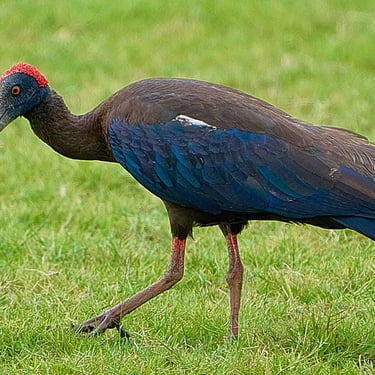
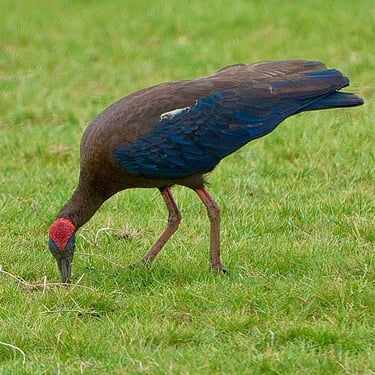
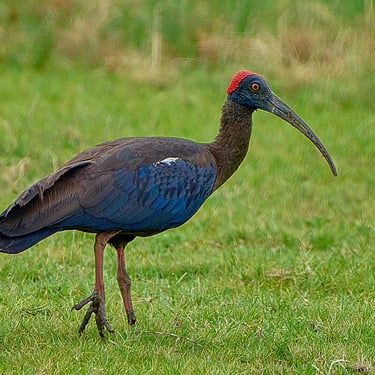
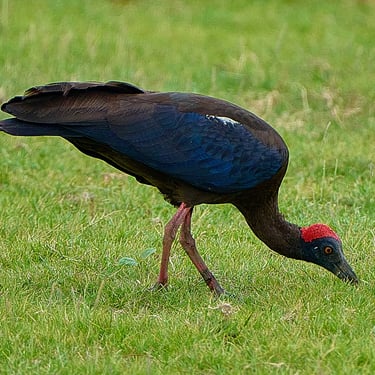
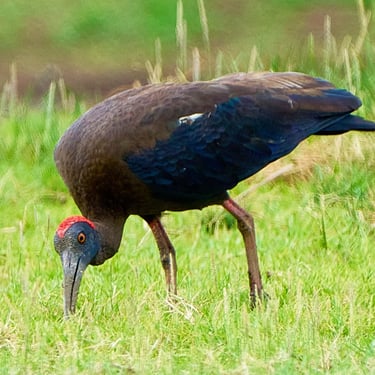
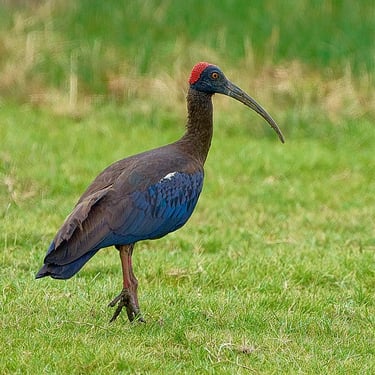
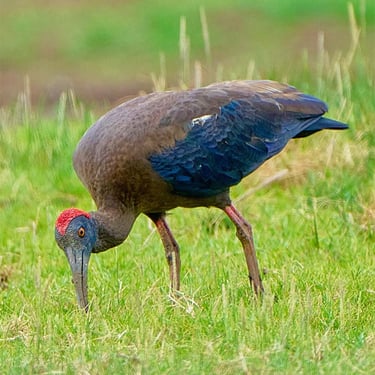
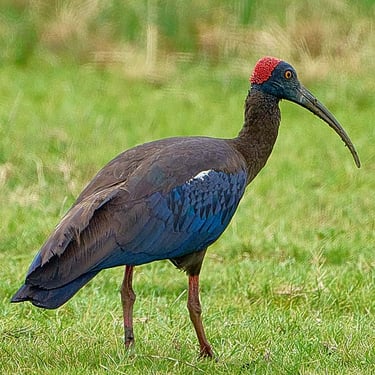
© 2025. All rights reserved.
